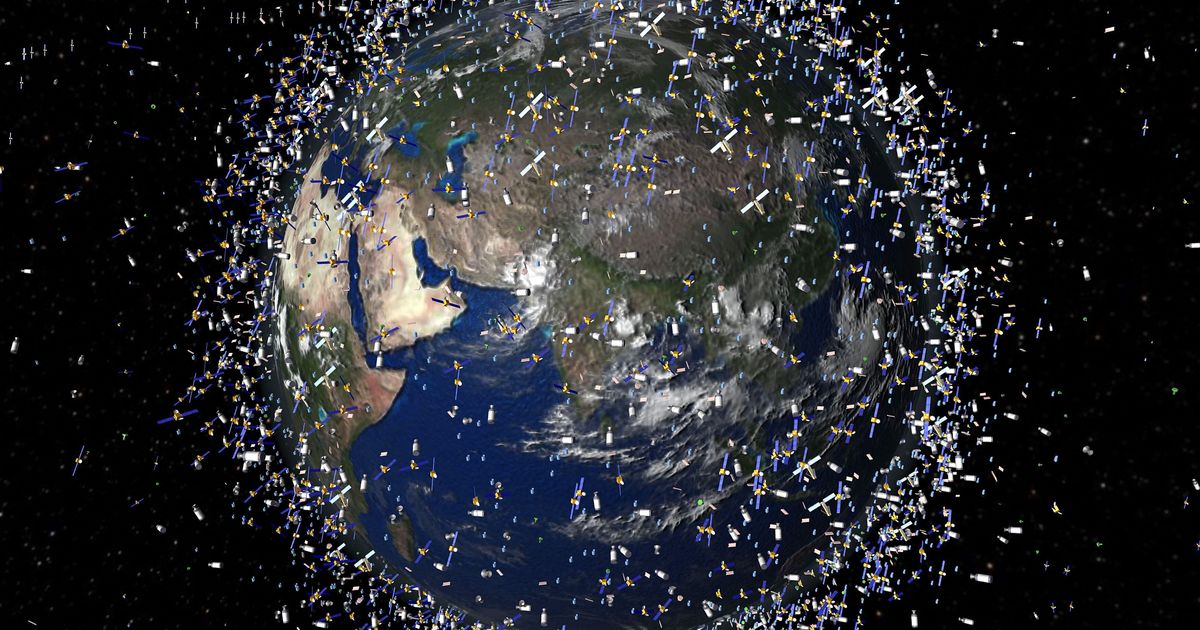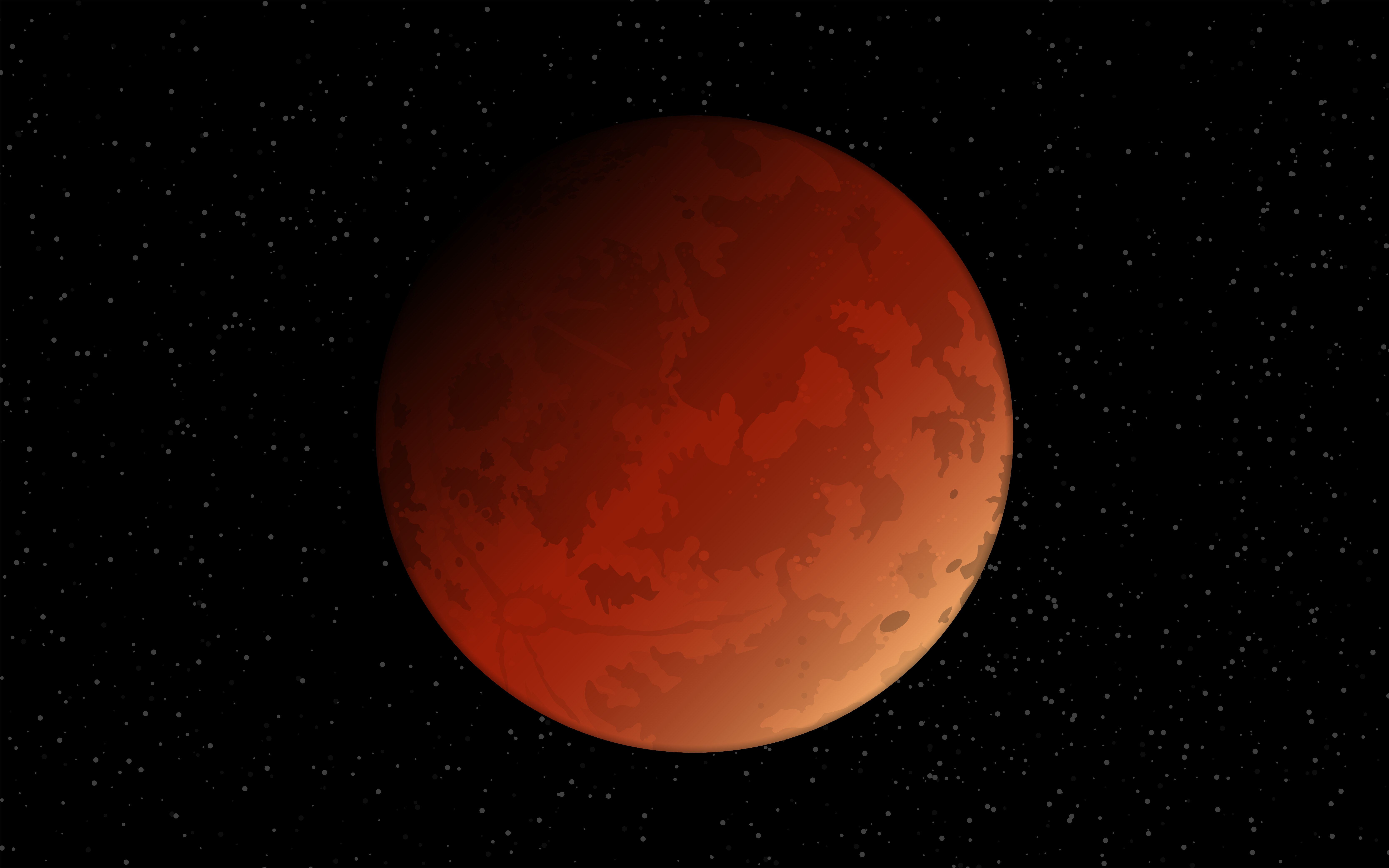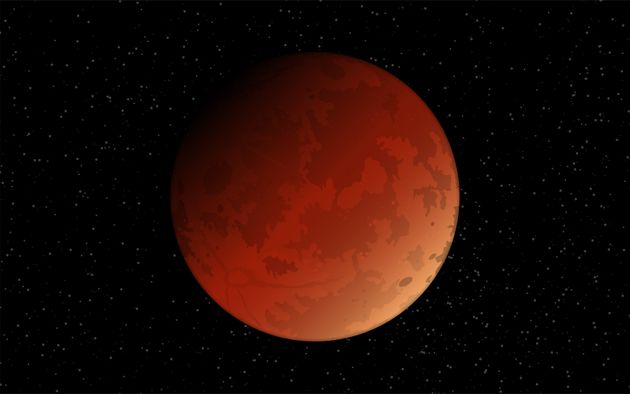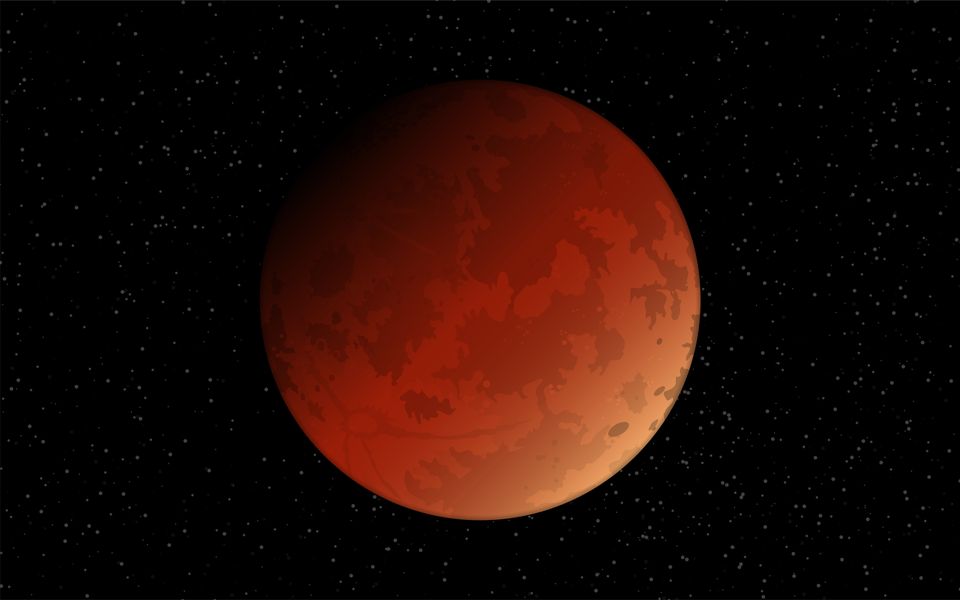
A toolkit will fly above the UK on Tuesday night, after it was drifted into the ether during a mission last week.
Nasa astronauts Jasmin Moghbeli and Loral O’Harra were fixing a solar panel on the International Space Station (ISS) when their tool bag just… slipped into space.
Advertisement
And because it was seen as low risk, the astronauts just left it behind.
Now, the bright, white bag is travelling 250 miles above Earth, around five minutes ahead of the ISS.
It’s surprisingly visible to people on the ground too, meaning you don’t have to be a NASA astronaut to see it – you just need binoculars or a telescope, and a spot of good weather.
Anyone in the south of the UK should be able to spot it between 6.24pm and 6.34pm on Tuesday evening, and it’s expected to return on November 24 between 5.30pm and 5.41pm.
It was first spotted by the Virtual Telescope Project last week, and it’s now being tracked by the US Space Force to make sure it doesn’t threaten the ISS or satellites.
Advertisement
Some estimates reported last week in the Smithsonian Magazine suspect it will re-enter the atmosphere between March and July 2024.
This is not the first time astronauts have lost something into space, though.
Nasa astronaut Ed White lost a spare glove in 1965 during a spacewalk, and in 2006, fellow Nasa astronaut Piers Seller lost a spatula as he repaired a heat shield.
And Nasa’s Heidemarie Stefanyshyn-Piper also lost her toolbag when attempting to repair parts of the ISS back in November 2008, as she became the first woman to lead a space walk, ever, at the time.
Worries about space debris are growing.
More than 170 million pieces have been dropped into the universe since that first glove was dropped back by White almost 60 years ago.
Advertisement





